Annapurna Base Camp Trek with Tilicho – A Comprehensive Guide for Adventure Enthusiasts
Daily Tour
1 person
English
About this tour
Highlights
- Diverse Landscapes: Encounter lush valleys, alpine forests, and rugged mountain terrain.
- Annapurna Sanctuary: Experience panoramic views of Annapurna I and Machhapuchhre.
- Tilicho Lake: Visit one of the world's highest lakes, surrounded by towering peaks.
- High Mountain Passes: Cross challenging passes like Tilicho Pass (5,416m) for stunning views.
- Cultural Encounters: Interact with Gurung, Magar, and Thakali communities along the way.
- Flora and Fauna: Spot diverse plant species and wildlife in their natural habitats.
- Hot Springs: Relax in natural hot springs to rejuvenate after trekking.
- Sunrise Views: Witness breathtaking sunrise vistas at Annapurna Base Camp and Tilicho Lake.
Included/Excluded
- Accommodation: Lodging in teahouses or lodges along the trekking route.
- Meals: Three meals a day (breakfast, lunch, and dinner) during the trek.
- Transportation: Ground transportation from Kathmandu to the trek starting point and back.
- Permits: Necessary permits such as TIMS (Trekkers' Information Management System) card and Annapurna Conservation Area Project (ACAP) permit.
- Guide and Porters: Professional trekking guide and porters to carry luggage.
- Trekking Equipment: Basic trekking equipment like sleeping bags and trekking poles.
- Emergency Assistance: Support for emergencies, including evacuation if needed.
- International Flights: Airfare to and from Kathmandu, Nepal.
- Travel Insurance: Personal travel insurance covering medical expenses, evacuation, and trip cancellation.
- Visa Fees: Cost of obtaining a tourist visa for Nepal upon arrival.
- Personal Expenses: Expenses for additional meals, snacks, beverages, and souvenirs.
- Trekking Gear: Personal trekking gear such as hiking boots, clothing, and accessories.
- Tips: Gratuity for guides, porters, and other trekking staff (usually recommended but not mandatory).
- Optional Activities: Costs associated with optional activities such as side trips, cultural tours, or additional excursions.
Itinerary
Arrive in Kathmandu 1300m, Pick up at Airport and Drop at Hotel. Overnite in Kathmandu
Drive from Kathmandu to Besisahar 807m, 6-7 hrs. Overnite in Besisahar
Drive from Besisahar to Chame 2650m, 6-7hrs Drive by Jeep. Overnite in Chame
Trek from Chame to Pisang 3250m, 13.9km 6-7hrs. Overnite in Pisang
Trek from Pisang to Manang 3519m, 17.2km 6-7hrs. Overnite in Manang
Acclimatisation Day in Manang, 8.8km. Overnite in Manang
Trek from Manang to Tilicho Basecamp 4200m, 10.7km 6-7hrs. Overnite in Tilicho Basecamp
Hike from Tilicho Basecamp to Tilicho Lake 6 km 4950m and trek to Chirikharka 11 km3861m, 6-7hrs. Overnite in Chirikharka
Trek from Chirikharka to Yak Kharka 14km 4018m, 4-5hrs. Overnite in Yak Kharka
Trek from Yak Kharka to Thorang Phedi/High Camp 7.4km/9km 4880m, 5-6hrs. Overnite in Thorang Phedi/High Camp
Summit Day Crossing the Thorangla Pass 3.8 km 5416m and trek down ak down to Muktinath 9.4km 3762m, 9-10hrs. Overnite in Muktinath
Trek from Muktinath to Jomsom 20 km 2743m, 6-7hrs. Overnite in Jomson
Departure. Our Company Staff will drop you at airport
Durations
Languages
Frequently asked questions
The combined trek to Annapurna Base Camp and Tilicho Lake typically spans around 15-18 days, depending on the specific itinerary and trekking pace. Each day's trekking duration varies based on factors such as the terrain, altitude gain, and acclimatization needs. On average, trekkers can expect to walk for approximately 5-7 hours per day, covering a distance of 10-15 kilometers. However, some days may involve longer or shorter treks, depending on the location of overnight stops and side trips.
The best time to undertake the combined trek to Annapurna Base Camp and Tilicho Lake is during the spring (March to May) and autumn (September to November) seasons. During these months, the weather is generally stable, with clear skies, mild temperatures, and minimal precipitation, making for ideal trekking conditions. The spring season brings blooming rhododendrons and vibrant vegetation, adding to the scenic beauty of the trek, while autumn offers crisp, clear days with stunning views of the surrounding mountains.
The combined trek to Annapurna Base Camp and Tilicho Lake is considered moderately challenging. While it does not involve technical climbing, it does require a good level of physical fitness and stamina due to the long hours of walking and altitude gain. Trekkers will encounter various terrains, including steep ascents and descents, rocky paths, and occasional stream crossings. Proper preparation, including cardiovascular training, strength exercises, and altitude acclimatization, can help mitigate the challenges of the trek.
Trekkers undertaking the combined trek to Annapurna Base Camp and Tilicho Lake need to obtain several permits. These include a TIMS (Trekkers' Information Management System) card and permits for the Annapurna Conservation Area Project (ACAP) and Tilicho Lake. These permits regulate access to the trekking routes, ensure environmental conservation, and contribute to local development initiatives. It is essential for trekkers to obtain these permits in advance and adhere to the rules and regulations set forth by the authorities.
Annapurna Base Camp is situated at an altitude of 4,130 meters (13,550 feet) above sea level, while Tilicho Lake is located at an altitude of 4,919 meters (16,138 feet). Proper acclimatization is crucial to prevent altitude sickness, which can occur due to the decreased oxygen levels at higher elevations. To acclimatize effectively, trekkers should ascend gradually, taking regular breaks and staying hydrated to allow their bodies to adjust to the altitude. It's also recommended to spend an extra day for acclimatization at higher elevations, such as Annapurna Base Camp or Tilicho Lake, to reduce the risk of altitude-related complications. During this rest day, trekkers can explore the surrounding area, take short hikes, and relax to allow their bodies to adjust to the altitude.
Accommodation along the combined trek to Annapurna Base Camp and Tilicho Lake primarily consists of teahouses or lodges located in villages along the route. These teahouses offer basic yet comfortable lodging options, including dormitory-style rooms or private rooms with shared bathrooms. The facilities may vary from one teahouse to another, but typically include a dining area where trekkers can enjoy meals and socialize with fellow travelers. The teahouses provide meals such as dal bhat (rice with lentil soup), noodles, pasta, and other local and international dishes. While the accommodations are relatively simple, they offer a warm and welcoming atmosphere, allowing trekkers to rest and rejuvenate after a day of trekking amidst the stunning landscapes of the Annapurna region.
Safety is paramount while trekking in the Himalayas, including the combined trek to Annapurna Base Camp and Tilicho Lake. Trekkers should trek with a knowledgeable guide who is familiar with the terrain and can provide assistance in case of emergencies. It's also essential to carry essential items such as a first aid kit, water purification tablets, sunscreen, sunglasses, and a map or GPS device. Trekkers should ensure proper acclimatization by ascending gradually, staying hydrated, and listening to their bodies. It's also advisable to purchase travel insurance that covers trekking activities in remote areas. By taking these precautions and being prepared for potential hazards, trekkers can enjoy a safe and memorable journey through the breathtaking landscapes of the Annapurna region.
Packing the right gear and equipment is essential for a successful and enjoyable trek to Annapurna Base Camp and Tilicho Lake. Trekkers should pack clothing suitable for a range of temperatures and weather conditions, sturdy hiking boots, a sleeping bag rated for cold temperatures, a backpack, trekking poles, a first aid kit, sunscreen, sunglasses, a hat, gloves, and personal items such as toiletries and medications. Additionally, it's important to pack light but efficiently, considering the changing weather conditions and rugged terrain encountered during the trek. Trekkers should also bring snacks, energy bars, and hydration systems to maintain energy levels while trekking.
Trekkers should be respectful of the local culture, customs, and traditions while trekking through the Annapurna region. The area is home to diverse ethnic communities, including Gurung, Magar, and Thakali, each with their own unique traditions and way of life. It's essential to dress modestly and seek permission before taking photographs of people or religious sites. Additionally, trekkers should practice Leave No Trace principles to minimize their environmental impact, including properly disposing of waste, staying on designated trails, and avoiding disturbing wildlife or natural habitats. By respecting the local culture and environment, trekkers can contribute to the preservation of the natural and cultural heritage of the Annapurna region for future generations to enjoy.

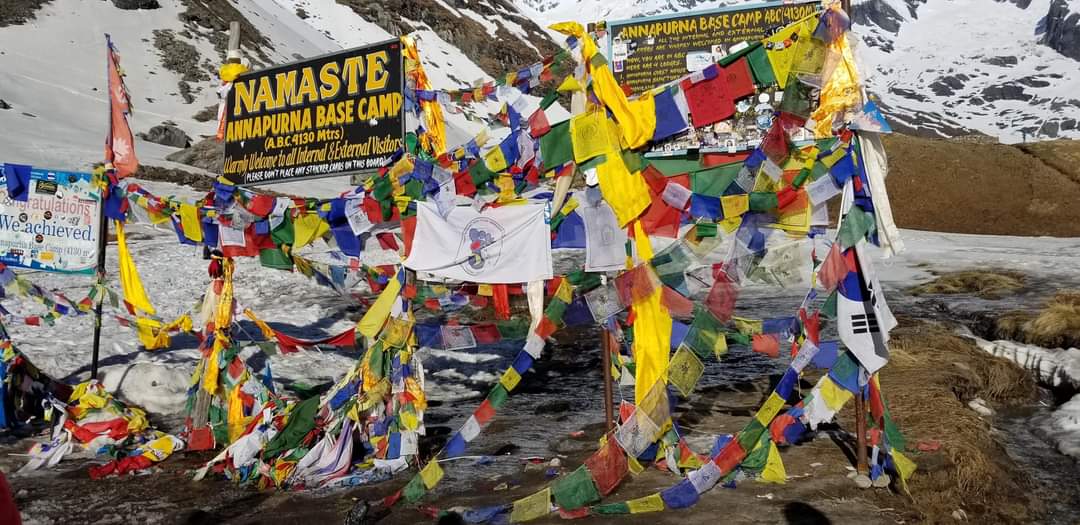
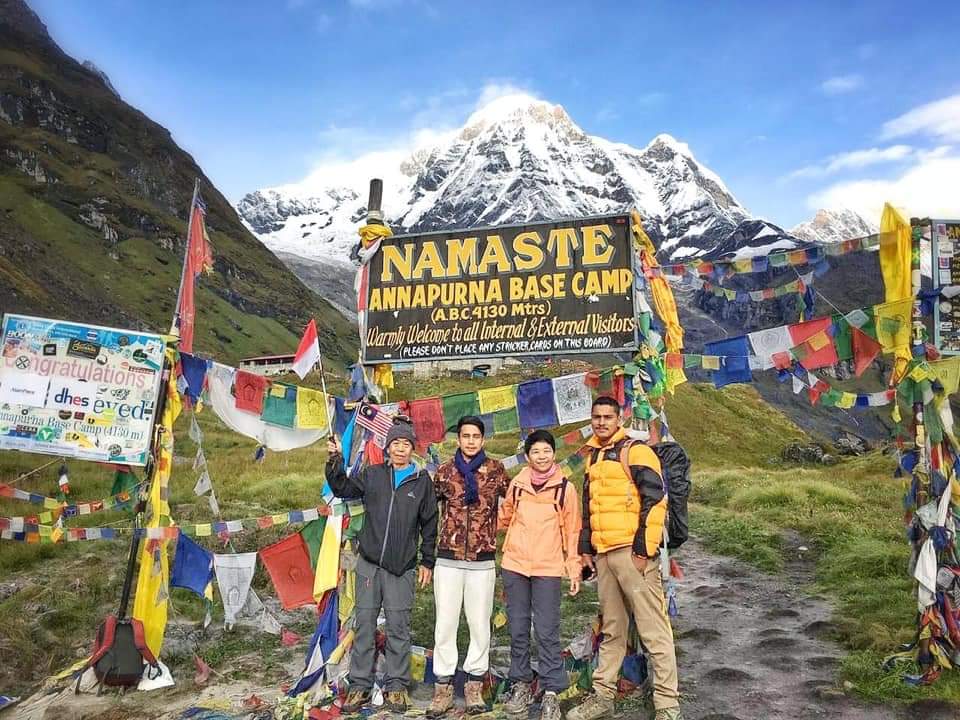
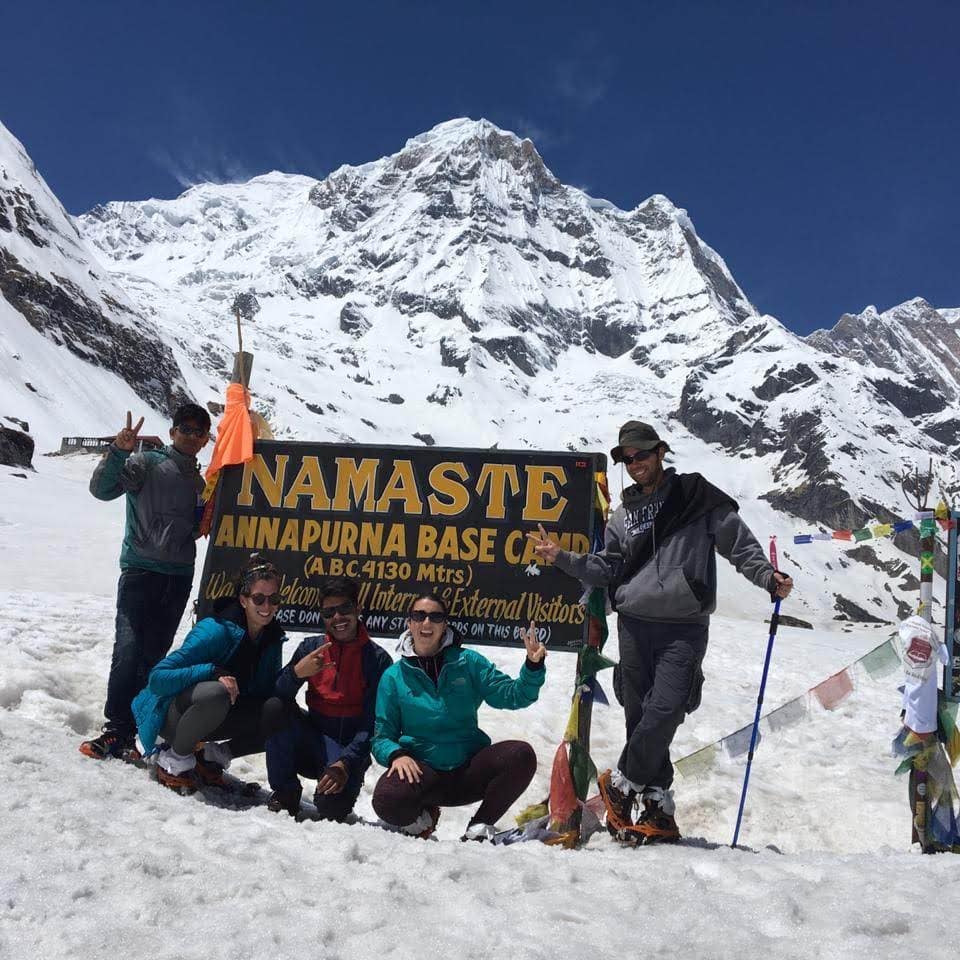
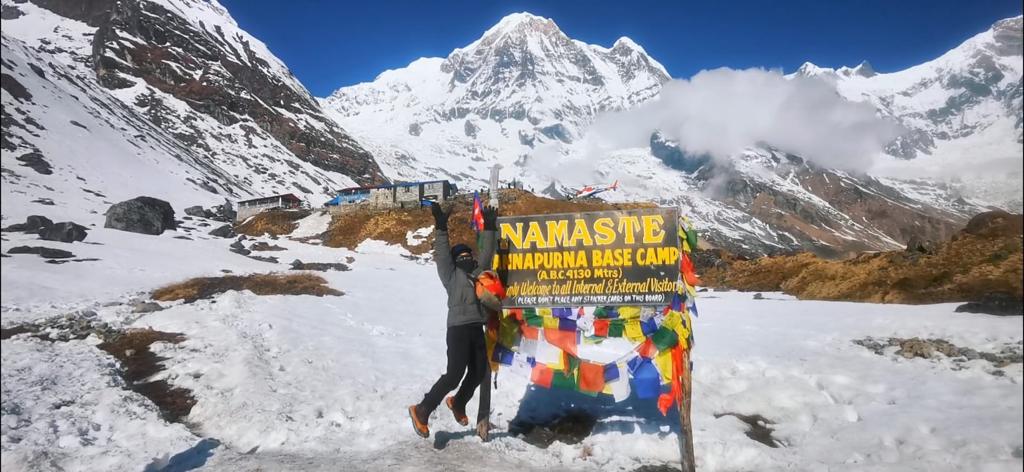
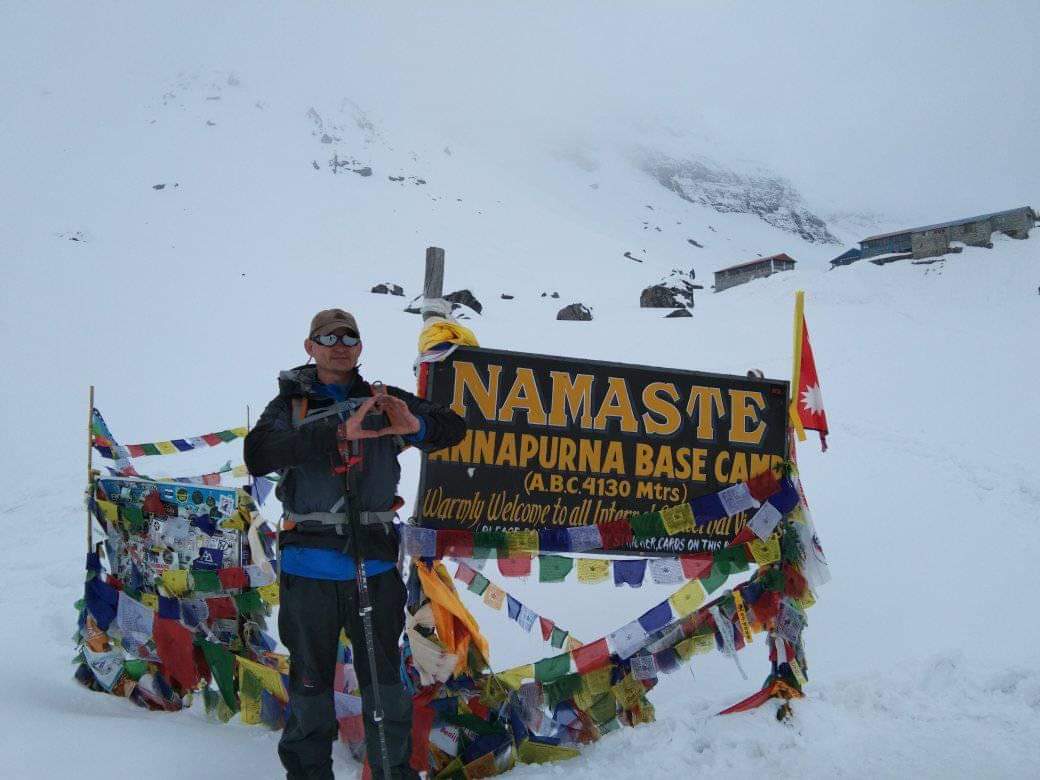
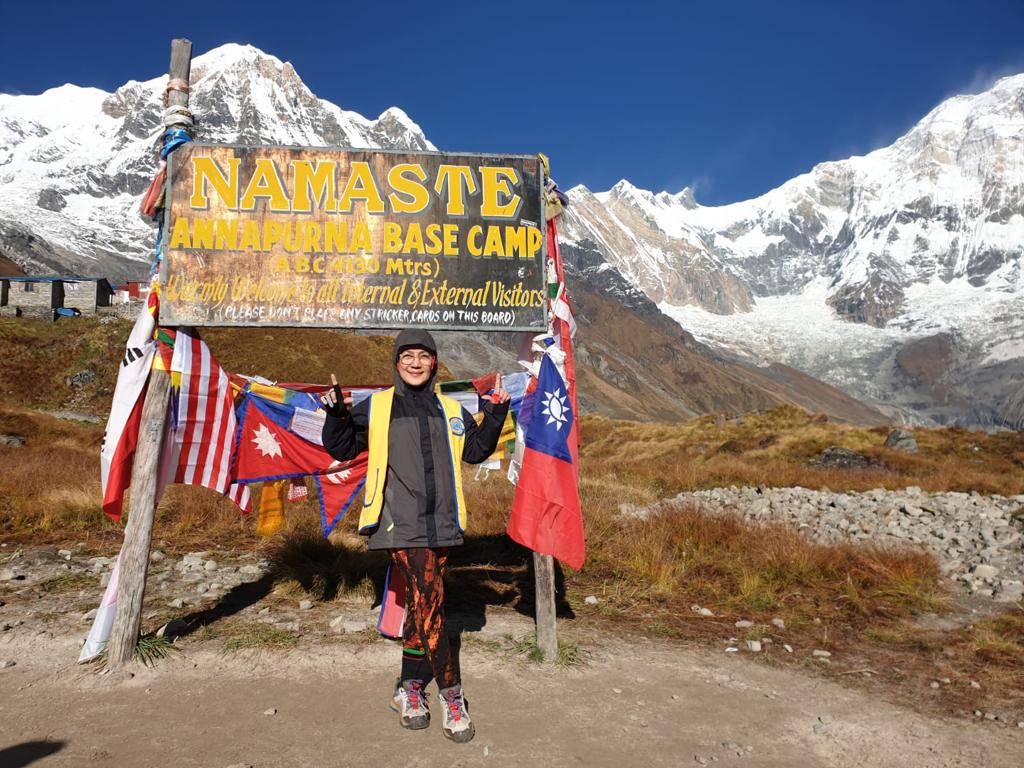
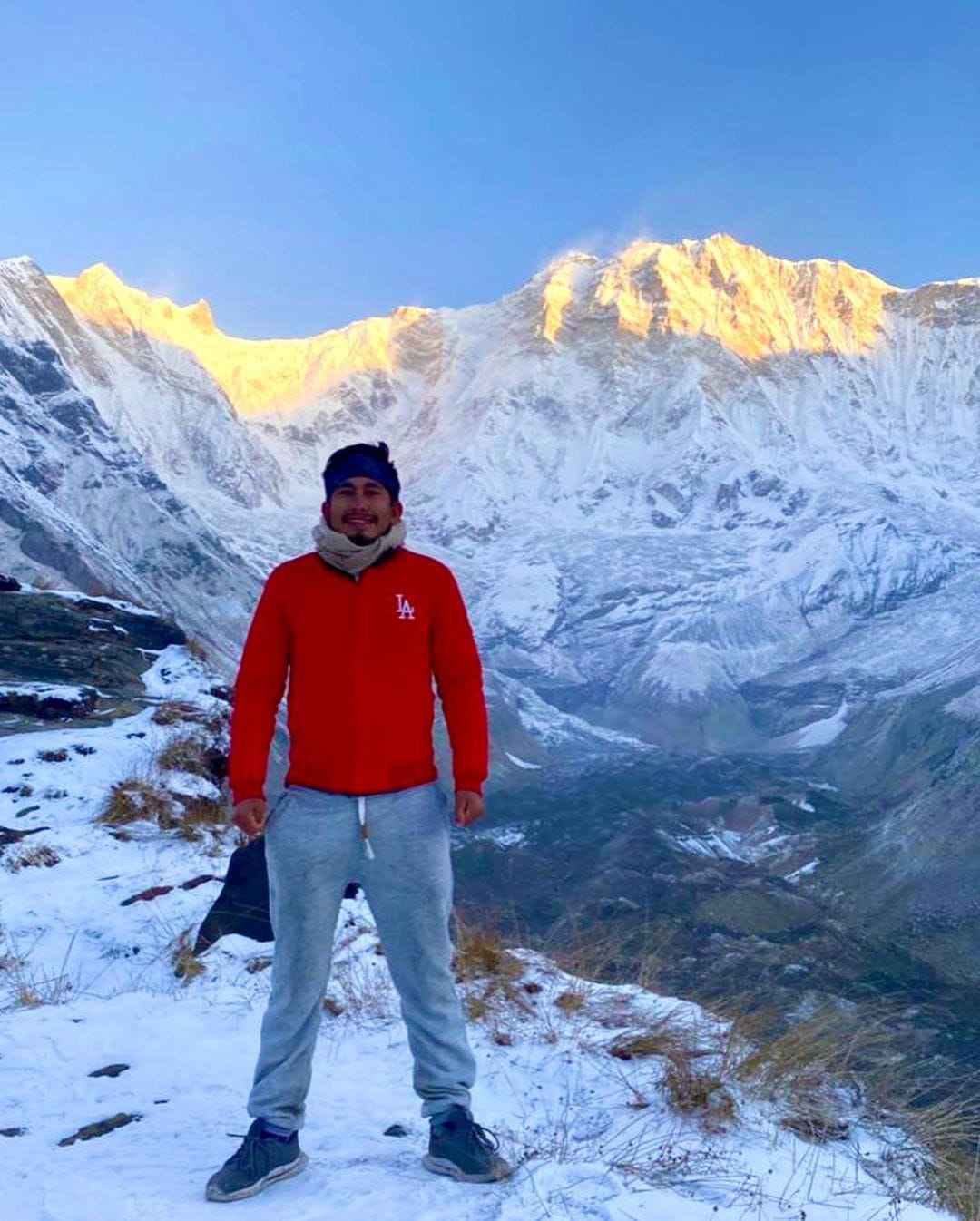
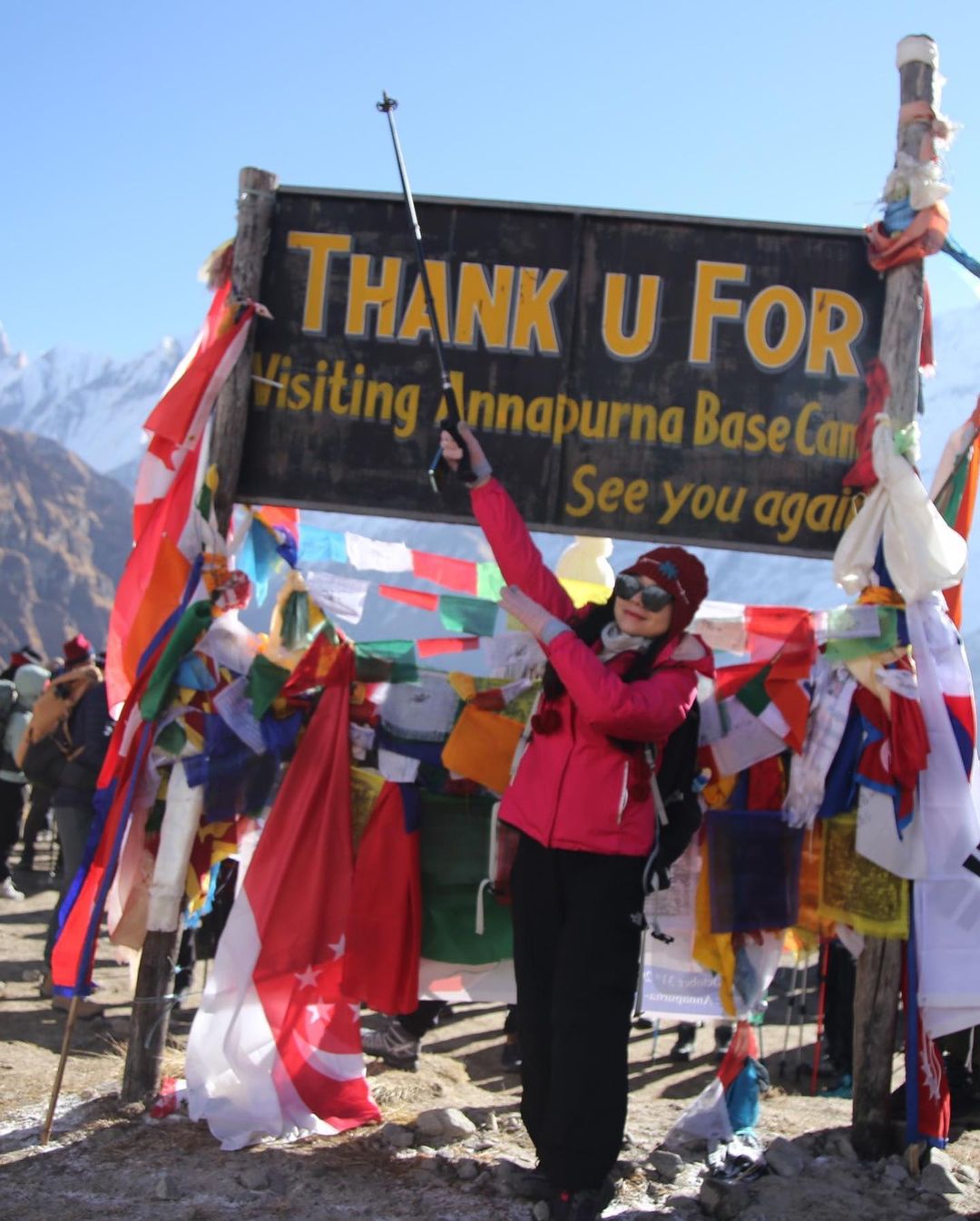

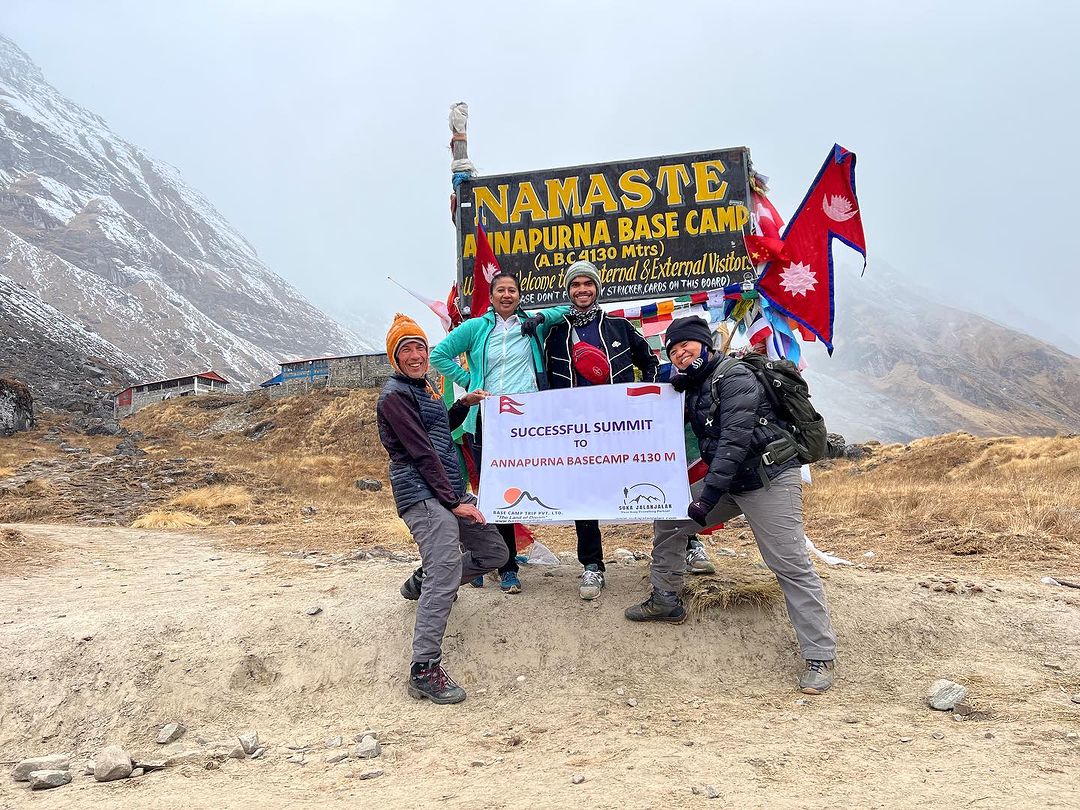
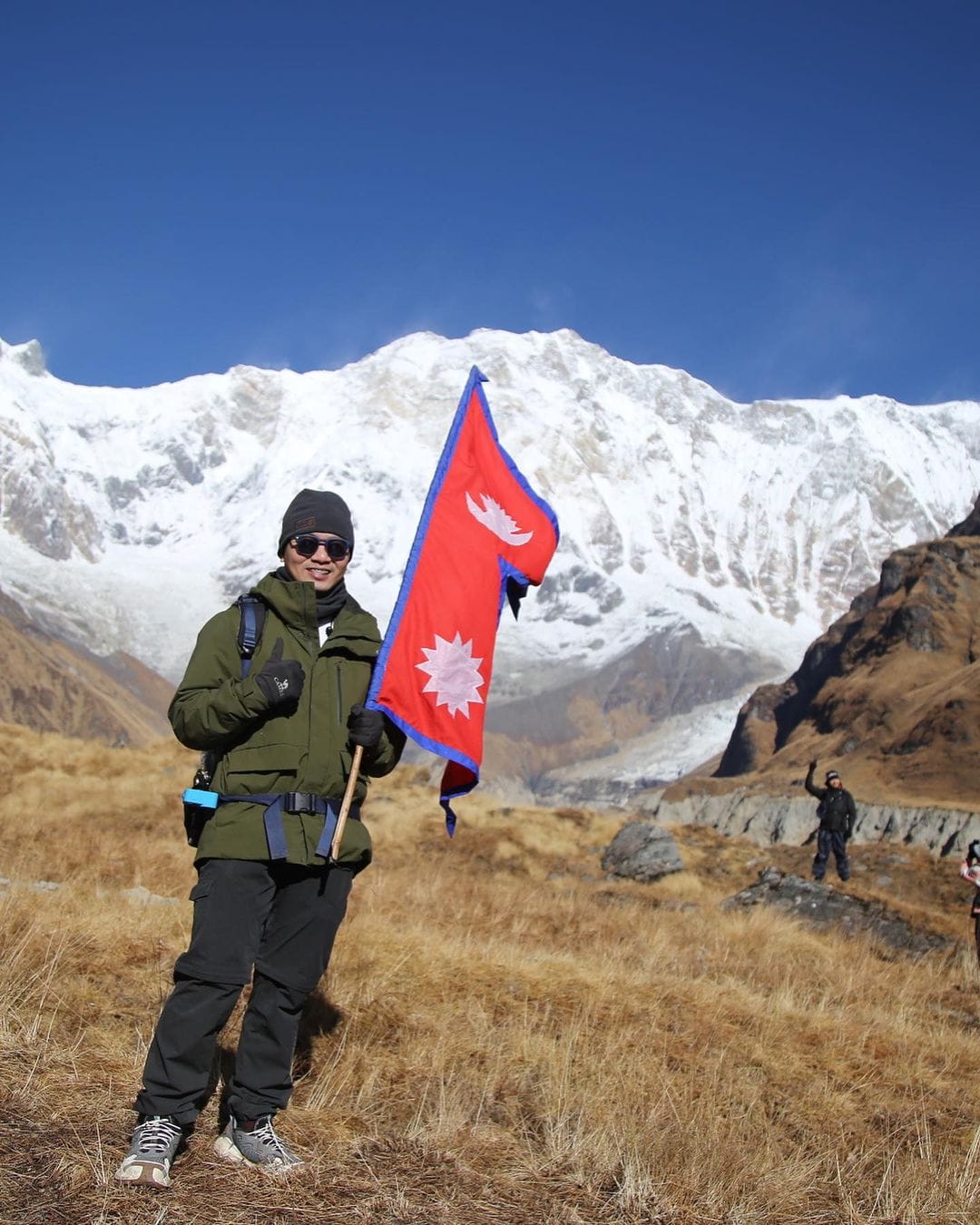
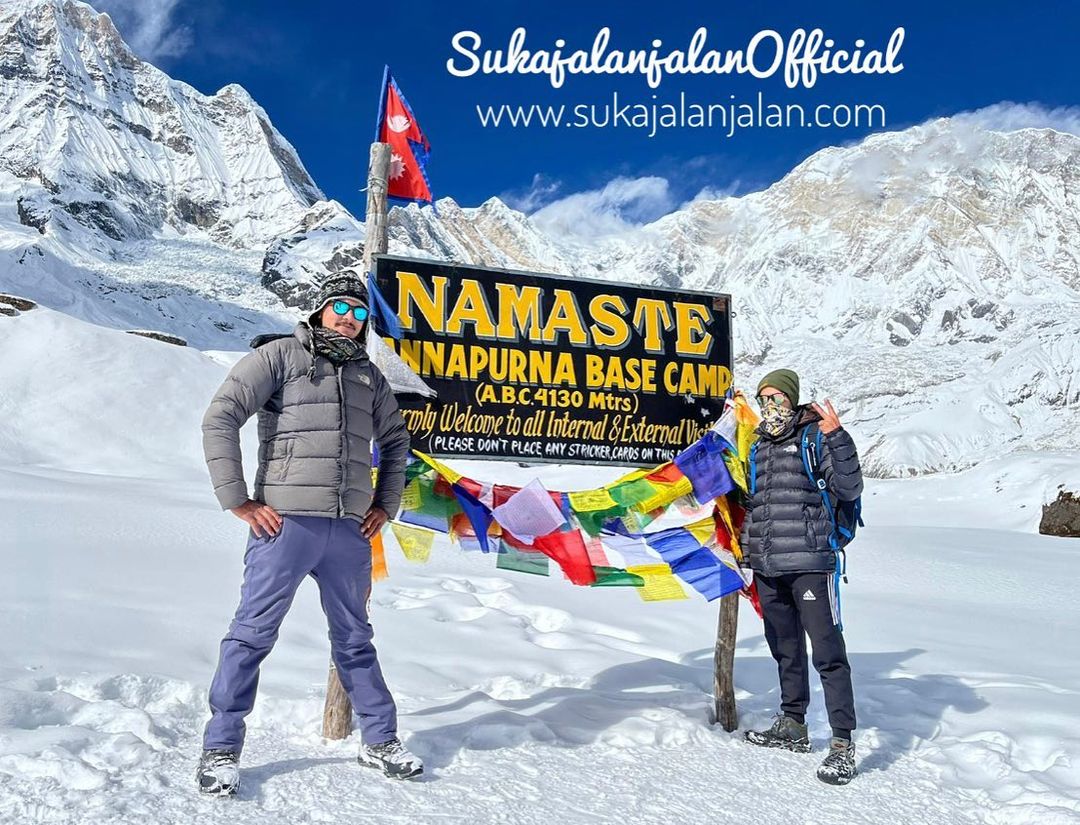

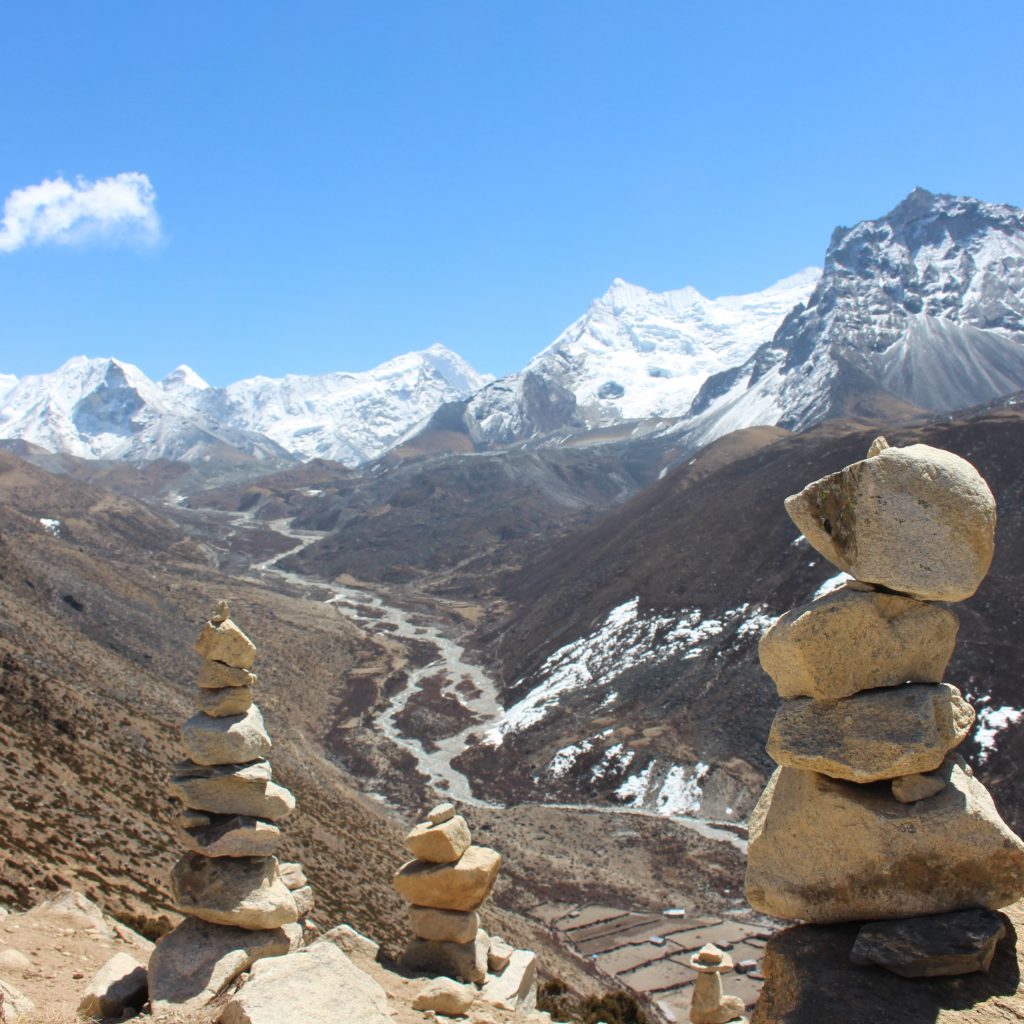
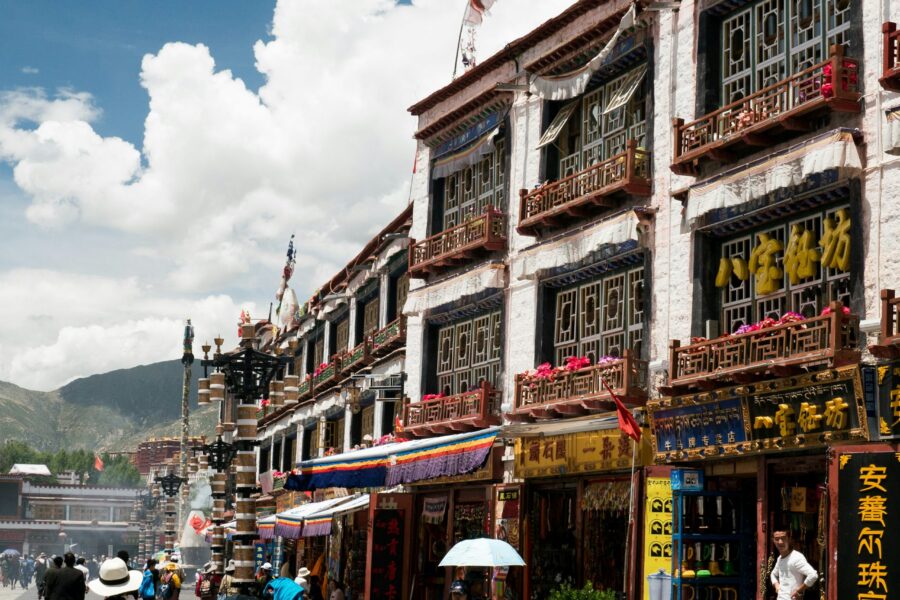
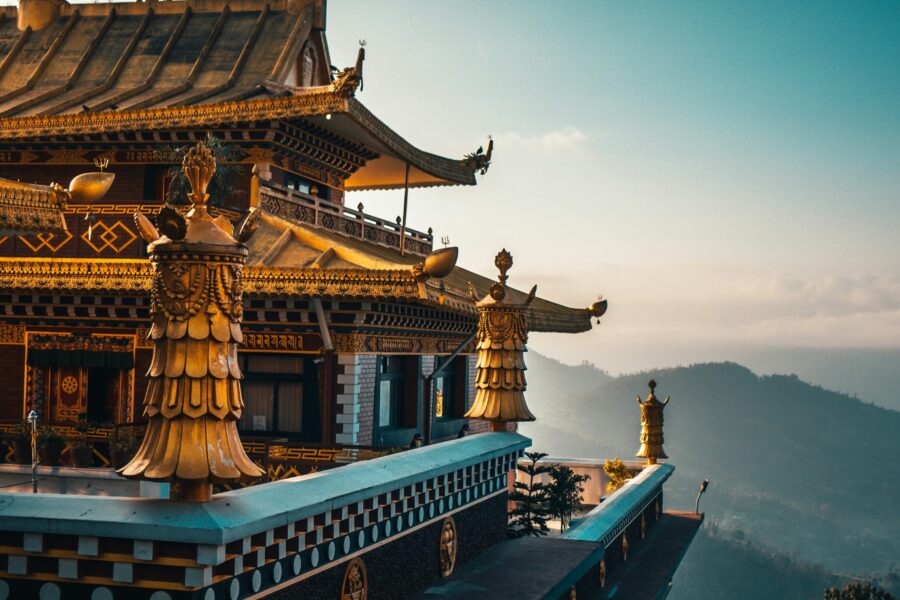

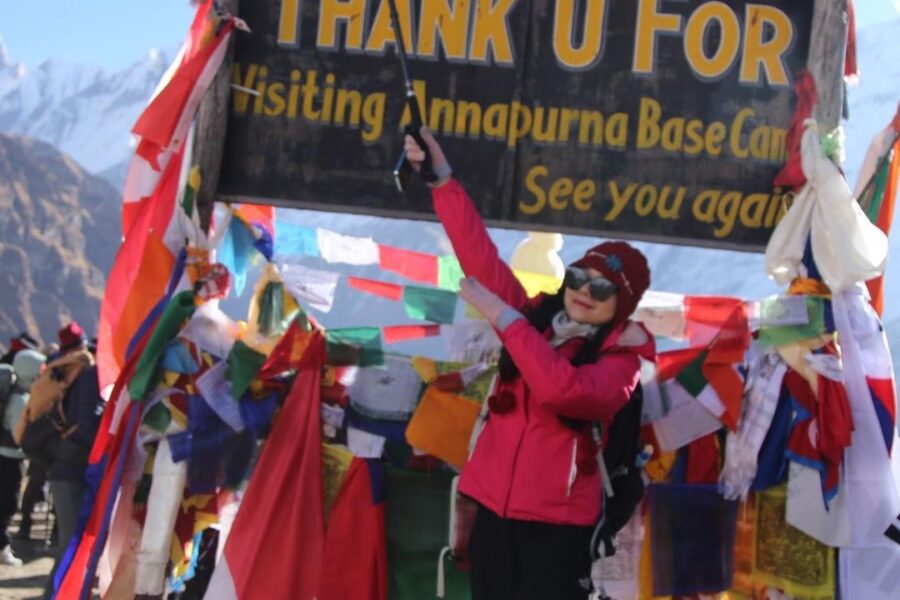
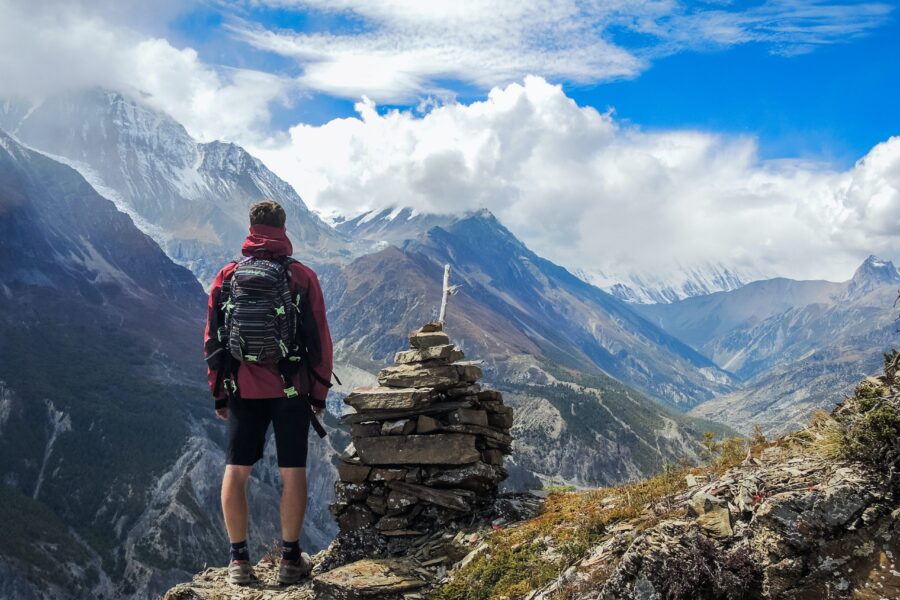
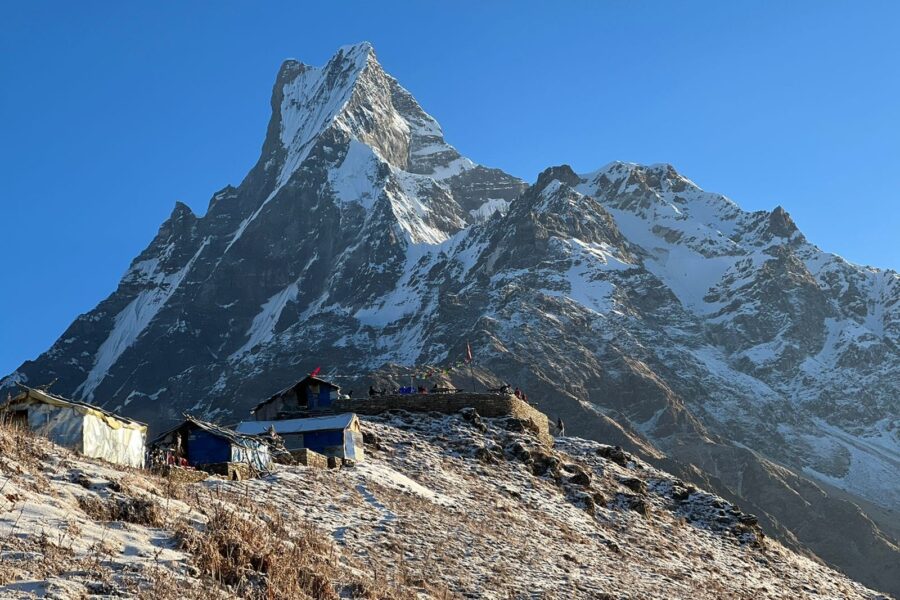
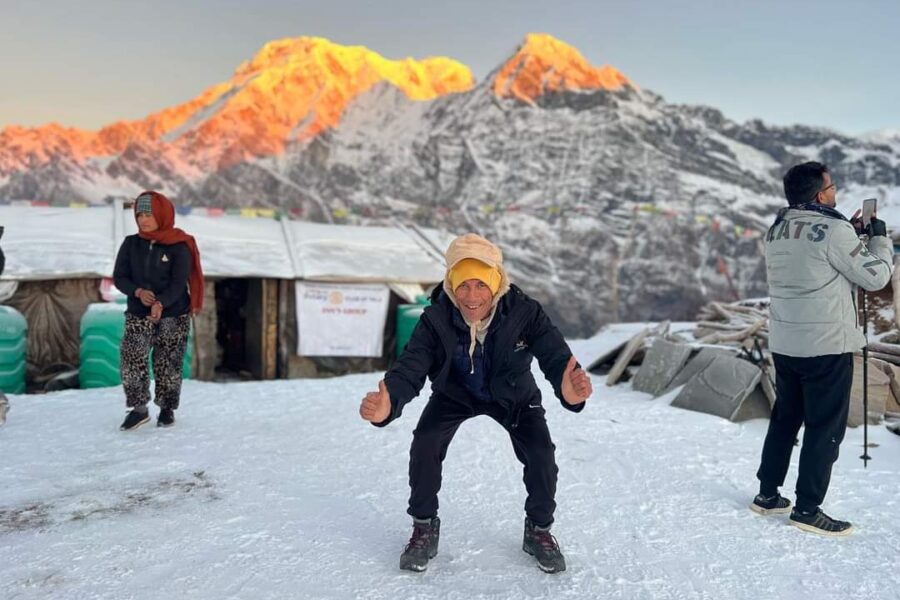
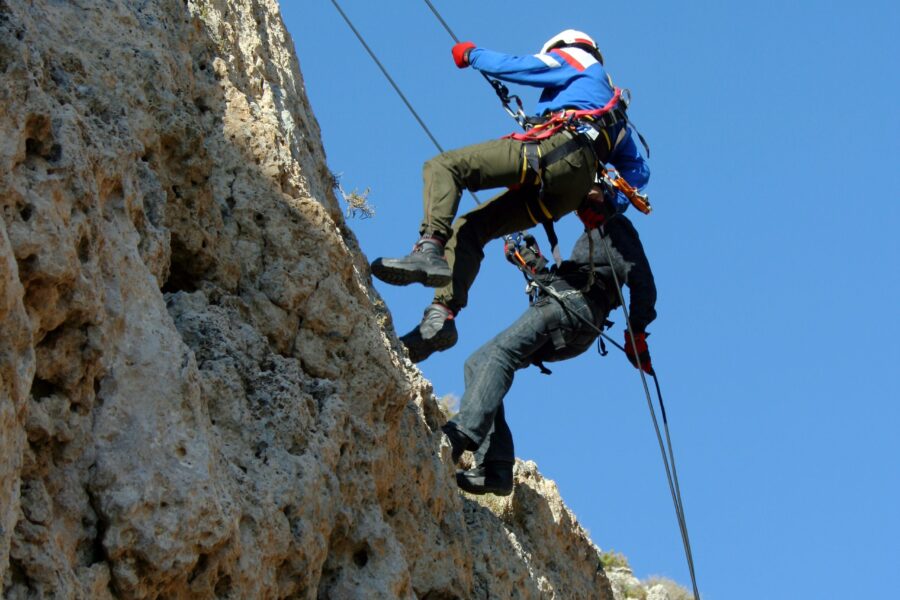
Leave a review